The importance of using an expert to sand your floor cannot be underestimated, as expertise plays a crucial role in preserving and enhancing the aesthetics and durability of wood floors. As a delicate process designed to restore the natural beauty of wood, floor sanding requires a thorough understanding of the different types of wood, their characteristics and how they react to the sanding process.
Floor sanding experts are technically skilled in more than just handling tools. They are able to diagnose the floor’s specific needs, choose the appropriate sanding methods, and apply expert techniques to ensure a flawless final result. Calling in qualified professionals guarantees not only restored floors, but also optimal preservation of their structural integrity, contributing to the timeless beauty of living spaces.
Table of Contents
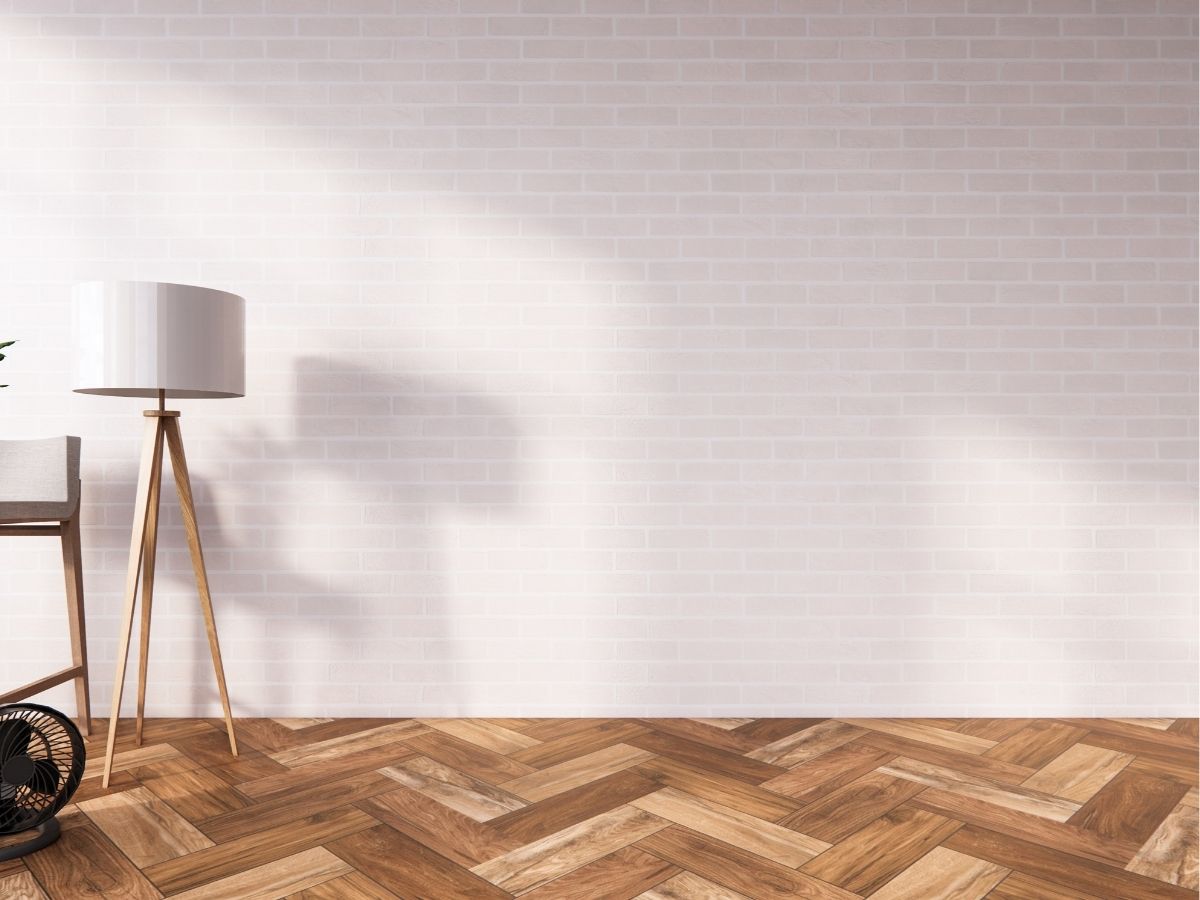
Mebesa services on Montreal’s South Shore
Mebesa Inc. specializes in sanding and varnishing your floors and staircases, mainly on Montreal’s South Shore in the following cities: Saint-Hubert, Longueuil, Boucherville, Brossard, Sainte-Julie, La Prairie, Chambly, Saint-Constant, Candiac, Sainte-Catherine and Delson. Mebesa also offers its services in the following cities: Greenfield Park, Lachine, Saint-Lambert, Pointe-Claire, Pierrefonds-Roxboro, Kirkland, Dollard-des-Ormeaux, Beaconsfield and Cornwall. In addition to sanding and varnishing, we offer dust-free sanding and hardwood flooring installation.
Floor sanding available on Montreal’s South Shore
Floor sanding is a renovation and maintenance process for wood floors. It is performed to restore the original appearance of the wood, eliminating imperfections, scratches and stains, and creating a smooth surface. Here are the general steps in the floor sanding process:
- Preparing the area: Before starting sandblasting, the area must be prepared. This involves removing all furniture, carpets and other objects from the room to allow easy access to the floor.
- Inspection: A thorough inspection of the floor is carried out to identify damaged areas, scratches, stains and other imperfections requiring special attention.
- Initial sanding: Initial sanding is carried out using a machine called a sander. This machine uses abrasive paper to sand the top layer of wood, removing wear marks, stains and other surface defects.
- Finer sanding: After the initial sanding, a finer sander can be used to refine the wood surface and remove the finer scratches left by the first pass.
- Dust suppression: Sandblasting generates a significant amount of dust. It is essential to clean the area thoroughly to remove all dust before applying finishes.
- Applying finishes : Once sanding is complete and the surface is clean, finishes can be applied. This can include the application of varnish, sealer or oil to protect the wood, improve its aesthetic appearance and extend its durability.
Floor sanding is often recommended for wood floors to restore their appearance. However, it’s important to note that sanding is an abrasive process that removes a layer of wood, so it must be carried out with care to avoid over-refining the wood and compromising its structural integrity. It is usually carried out by experienced professionals to guarantee optimum results.
Dust-free floor sanding available on Montreal’s South Shore
You’ve decided to renovate your floor and are looking for a dust-free method? Dust-free floor sanding is the ideal solution for you! This modern, effective technique removes all imperfections from your floor and makes it look like new again, without leaving behind clouds of dust that can be harmful to your health.
Dust-free floor sanding is an innovative method of minimizing dust generation during the sanding process on wood floors. This technique uses special equipment designed to capture the dust generated during sanding, offering a cleaner, more comfortable alternative to traditional methods. Here’s how dust-free floor sanding usually works:
- Using sanders with integrated dust extraction: The sanders used in the dust-free sanding process are equipped with an integrated dust extraction system. This captures dust as it is generated, rather than dispersing it into the air.
- Debris extraction: In addition to sanders, powerful industrial vacuum cleaners are often used to extract dust in real time during sanding. These vacuums are equipped with effective filters to retain fine particles.
- Sealing areas: Before starting the process, professionals can seal areas adjacent to the one being sanded. This helps prevent dust from spreading to other parts of the house or building.
- Protecting equipment and furniture: Equipment and furniture in the room can be covered or protected to prevent the accumulation of dust on these surfaces during sanding.
- Responsible dust disposal: Once sanding is complete, the dust collected is disposed of responsibly, often using special bags or other disposal methods that avoid dispersal into the environment.
Dust-free floor sanding offers a number of advantages, including a healthier working environment, reduced health risks from inhaling wood dust, and easy clean-up after the job. This is a particularly popular option for renovation projects where cleanliness and comfort during the work are priorities. For best results, we recommend calling in experienced professionals equipped with dust-free equipment.
This method is particularly recommended for allergy or asthma sufferers, as it completely eliminates exposure to dust during sanding. What’s more, it can be used on all types of flooring, including hardwood, parquet, bamboo and even concrete. So you don’t have to worry about moving your furniture or protecting your walls and valuables.
By using vacuum machines, our floor sanding professionals can also work more efficiently, achieving perfectly uniform sanding. This means your floor will have a smooth, blemish-free finish, giving your interior a new look. What’s more, this method prevents the wood from overheating during sanding, which can lead to long-term damage to your floor.
In short, opting for vacuum floor sanding is the ideal solution for renovating your wood floors while protecting your home and achieving impeccable results. So don’t hesitate to contact our floor sanding experts to bring your floors back to life and add a touch of elegance to your interior.
Floor finishing available on Montreal’s South Shore
Floor finishing is a crucial step in the wood floor renovation process, providing not only an aesthetic touch, but also essential protection. After meticulous sanding to remove imperfections, scratches and stains, finishing seals the wood, protecting it from the effects of daily wear and tear, humidity and other aggressions. This process gives the floor a new lease on life, reviving its natural beauty while prolonging its durability. From judicious choice of finish based on aesthetic preferences and intended use, to expert application, floor finishing is a crucial step in achieving results that are both durable and aesthetically pleasing.
Floor finishing refers to the process of applying protective coatings to the wood floor surface after sanding. This step is essential to protect the wood, improve its aesthetic appearance and extend its durability. Here are the main steps in the floor finishing process:
- Choosing the finish: Before starting the finishing process, it’s important to choose the right type of floor covering based on aesthetic preferences, the room’s intended use and the durability required. Common options include varnish, sealer, oil or wax.
- Surface preparation: After sanding the floor, the surface must be thoroughly cleaned to remove all dust and debris. This ensures optimum adhesion of the finish.
- Applying the finish: Depending on the type of finish chosen, the professional applies the product to the floor surface using a brush, roller or mop. It is important to follow the manufacturer’s instructions to ensure correct application.
- Drying: After application, the finish must dry completely. Drying time varies according to the type of finish used. During this period, it is crucial not to walk on the freshly treated surface to avoid damaging the finish.
- Application of additional coats (if necessary): In some cases, several top coats may be required to achieve the desired level of protection. Each coat is usually lightly sanded before applying the next.
- Polishing (if applicable): Certain types of finish, such as varnishes, can be polished after complete drying to obtain an even smoother, shinier finish.
- Regular maintenance: Once the finish is complete, it’s important to set up a regular maintenance program. This can include regular cleaning, the use of protective mats at entrances, and avoiding prolonged exposure to direct sunlight, depending on the type of finish.
In conclusion, floor finishing is much more than just an aesthetic finishing touch in the wood floor renovation process. This is an essential step that gives wood lasting protection while preserving its natural charm. Thanks to a judicious choice of finishing materials and expert application techniques, this phase not only guarantees greater resistance to the rigors of everyday use, but also offers a refined, warm aesthetic.
Durability, ease of maintenance and revitalized wood beauty are the fruits of well-executed floor finishing. Investing in a quality finish not only ensures the floor’s longevity, but also a pleasant, welcoming interior atmosphere.
Hardwood floor installation offered on Montreal’s South Shore
Hardwood floor installation is a complex process of installing real wood planks on a prepared surface. This method adds a warm, natural touch to the space while offering great durability. Here are the general steps in the hardwood floor installation process:
- Surface preparation: Prior to installation, the existing surface must be prepared. This may involve removing existing floor coverings, levelling the underlay and ensuring that the surface is clean and dry.
- Acclimatizing boards: Wood boards must be acclimatized to the environment of the room in which they will be installed. This allows the wood to adjust to local humidity and temperature conditions.
- Installation of underlay: Underlay can be installed to provide soundproofing, thermal insulation and to smooth out surface irregularities.
- Plank layout: The professional plans the layout of the planks according to the size of the room and the desired motif. It can also decide on the starting point of the installation.
- Plank installation: Wood planks are installed by fastening them to the surface with nails, staples or using a nailless installation system. The professional ensures that the blades are aligned correctly and at the right distance from each other.
- Cut and fit: Precise cuts are made around room edges, doors, and around other obstacles to ensure a perfect fit.
- Finishes : Once all the slats have been installed, finishes can be added, such as transition mouldings, baseboards and thresholds.
- Surface protection: Once installation is complete, the surface is protected from damage during subsequent work.
Hardwood floor installation requires expertise to ensure precise, long-lasting installation. Calling in qualified professionals is recommended for aesthetic and functional results.

Consult an expert to help you carry out your work on Montreal’s South Shore
In conclusion, calling on the services of a floor sanding professional is a wise decision for several fundamental reasons. First and foremost, the technical expertise they provide guarantees precise, careful execution of the sanding process, preserving the integrity of the underlying wood while effectively removing imperfections. What’s more, professionals have access to specialized equipment, such as high-quality sanders and vacuum cleaners, for efficient and often dust-free sanding, ensuring a cleaner working environment. What’s more, their in-depth knowledge of different types of wood and finishes means they can recommend the best products for each project.
When you choose professional floor sanding, you’re investing not only in the quality and durability of the results, but also in the preservation and beautification of your living spaces. The peace of mind offered by their expertise helps make every project a successful experience.
Would you like to obtain a price for floor sanding, dust-free sanding, finishing or hardwood floor installation on the South Shore of Montreal or in any of the following cities: Greenfield Park, Lachine, Saint-Lambert, Pointe-Claire, Pierrefonds-Roxboro, Kirkland, Dollard-des-Ormeaux, Beaconsfield and Cornwall? Request a free quote.
For more information on hardwood flooring, see the following articles:
Dust-free wood floor finish, what are the benefits?
Simple 6-step method for sanding hardwood floors
Simple 3-step price estimate for hardwood floor sanding
Find a floor sanding expert in Longueuil
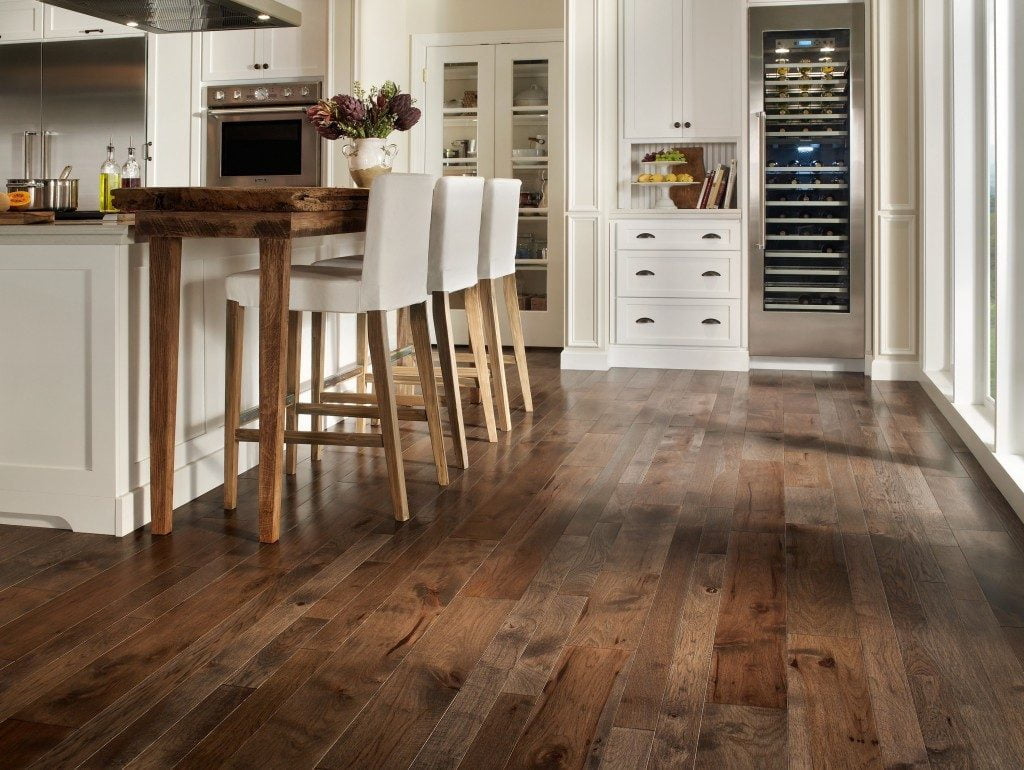
Frequently asked questions
-
What’s the difference between floor sanding and dust-free sanding?
Floor sanding is the process of removing the top layer of a wood floor to eliminate imperfections. Dust-free sanding uses special equipment to minimize dust dispersion during the sanding process.
-
Why choose dust-free sanding?
Dust-free sanding provides a cleaner working environment, reducing the health risks associated with inhaling wood dust. This also facilitates clean-up after the work has been completed.
-
What are the advantages of floor sanding?
Floor sanding restores the natural beauty of wood, eliminates imperfections and prepares the surface for the application of protective finishes, improving the floor’s durability.
-
When should I consider sanding my floor?
Floor sanding is recommended when the floor shows scratches, stains or signs of significant wear. This is also an essential step when renovating a wood floor.
-
How long does the floor sanding process take?
Sanding time depends on the size of the surface and the condition of the floor. In general, this can take from several hours to a day.
-
What types of finishes are compatible with floor sanding?
Floor sanding prepares the surface for various finishes, such as varnish, sealer, oil or wax, offering flexibility in the choice of finish.
-
What are the environmental benefits of dust-free sanding?
Dust-free sanding reduces the dispersion of dust particles in the environment, promoting a more environmentally-friendly process.
-
Does dust-free sanding cost more?
Dust-free sanding services can be slightly more expensive due to the use of specialized equipment. However, this can be offset by ease of cleaning and health benefits.

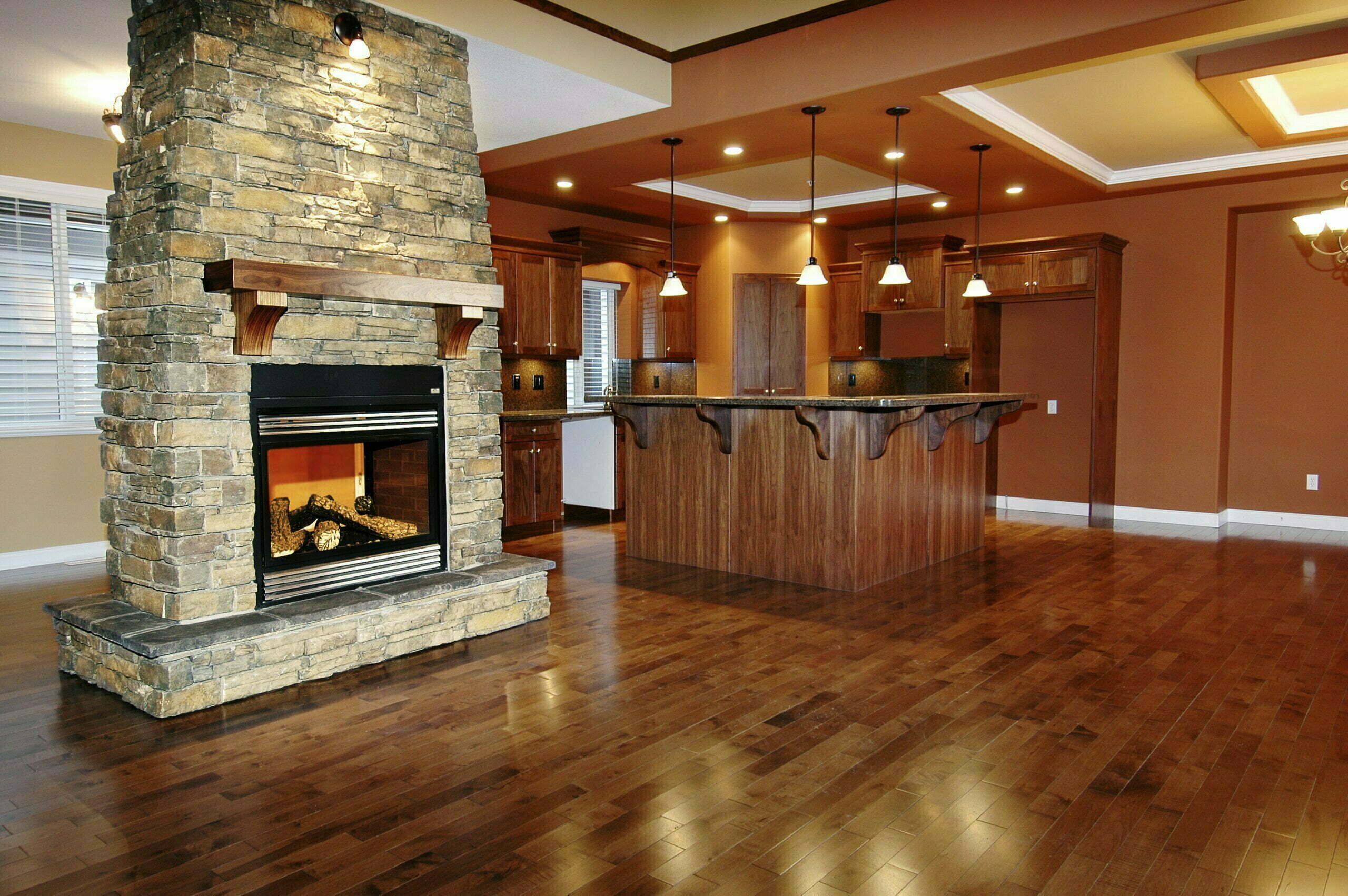
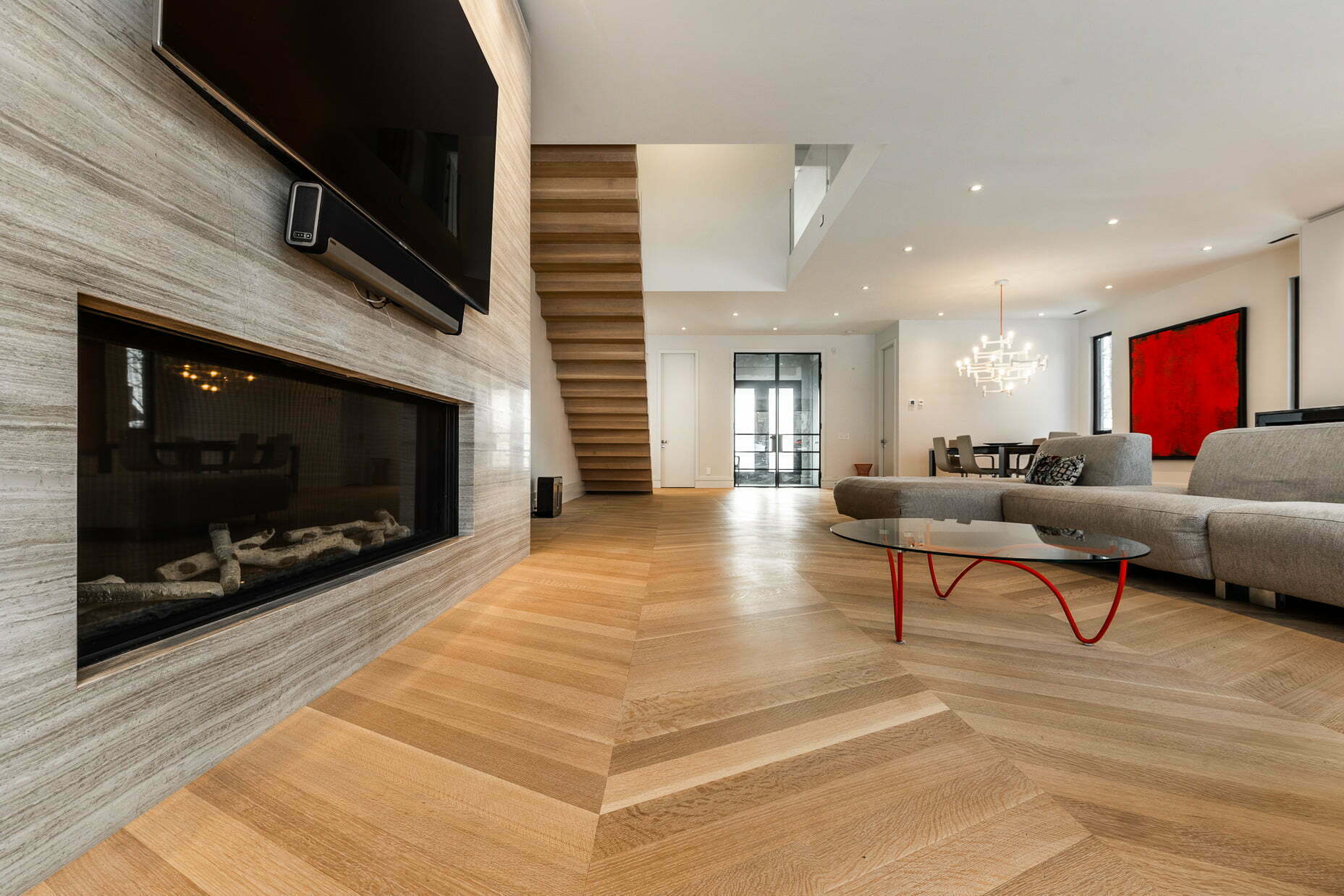
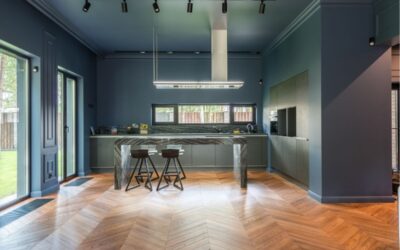


0 Comments